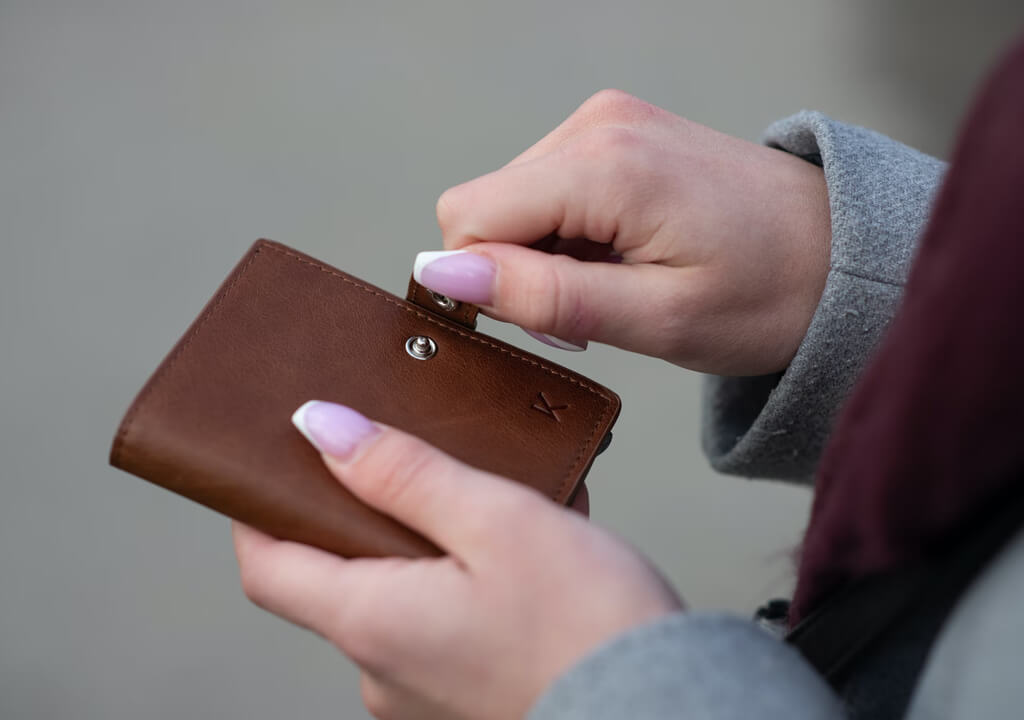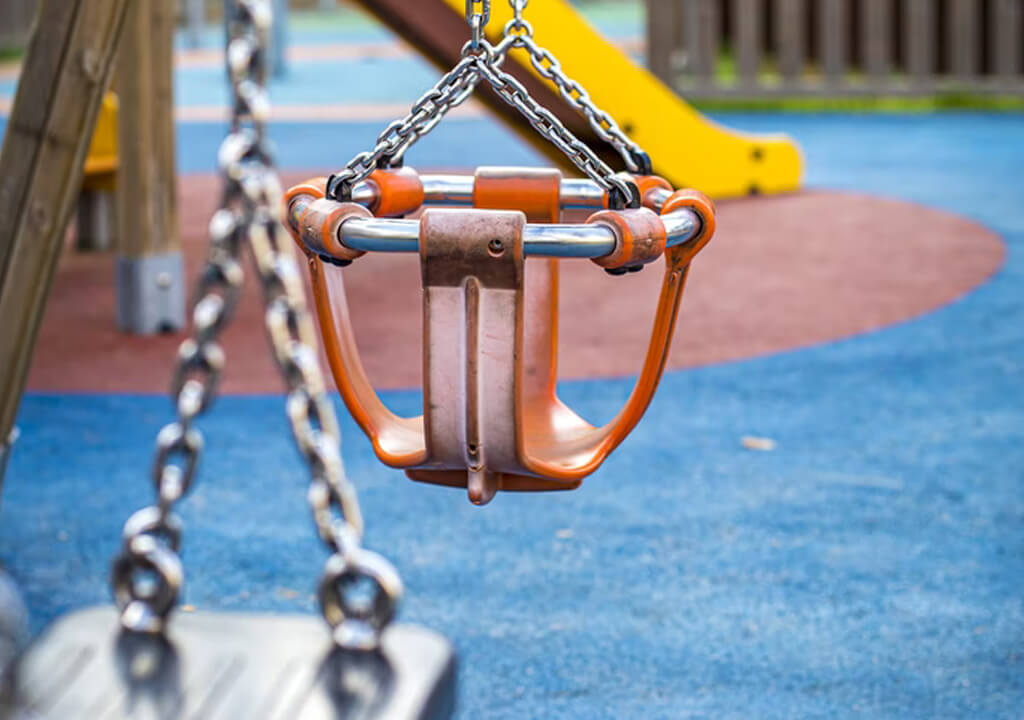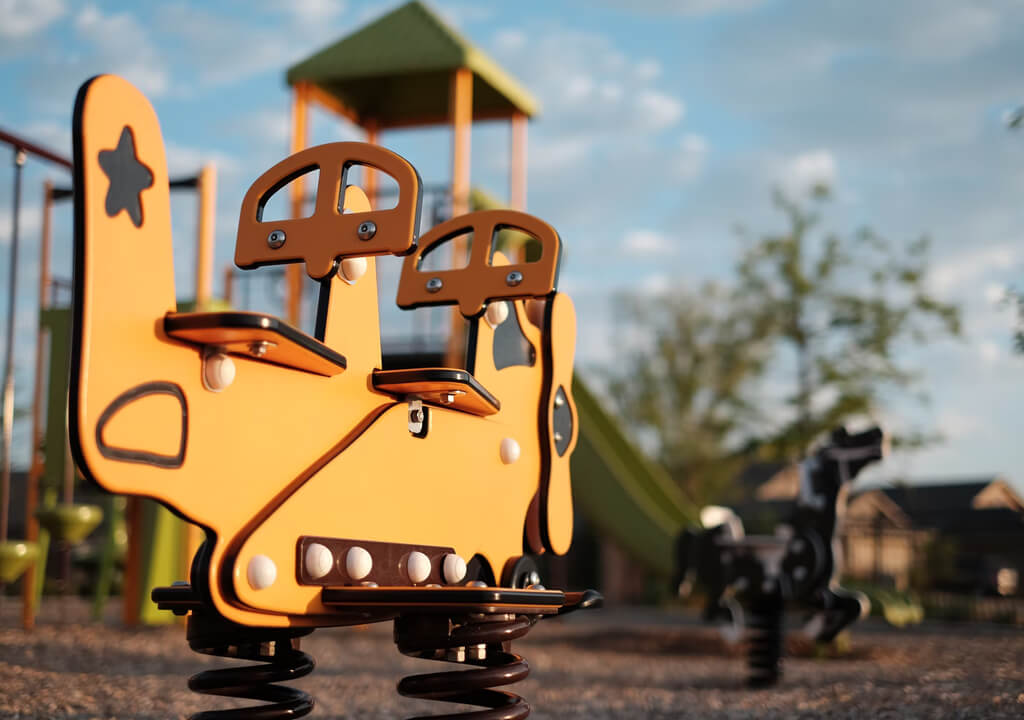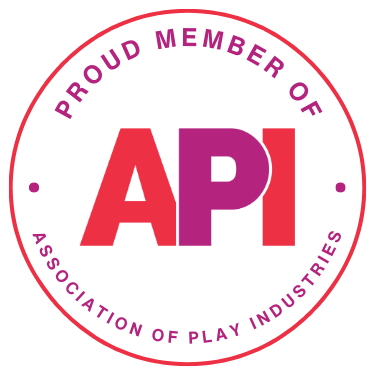Playground Project Planning 101
Planning a playground project is a multi-faceted process, with lots of different options that need to be considered and evaluated before implementing. If you want a play area that will stand the test of time, be a safe and inclusive play space for all, and not cost the earth too, you need to plan ahead with a lot of care and consideration. If you’re looking for advice on how to do this, keep on reading. The team here at PlaySmart have identified a few key factors that you should include when planning out your playground:
1: Budget
Likely the starting point of most’s playground project planning, your budget is the foundation. It determines the safety surfaces you install, the equipment you choose and the lifespan of your play area. There are countless options out there for any kind of playground you could imagine, but some will prove more expensive than others.
Shopping around for prices is a good thing to do – it should give you an idea of the price point of the product, and then compare from there. However, you should be aware of significantly cheaper options; this is usually indicative of the lower quality materials or a less experienced or professional installation.
Cutting costs might seem preferable – after all, nobody wants to spend more time than we have to – but when you consider this will result in cheaper products with a shorter lifespan, you will end up spending more down the line in repair and replacements

2: Safety Surfacing
With all the variety out there for safety surfacing, it’s a good idea to do some research and identify which ones are more suitable for different uses. For example, wet pour is one of the most popular play area surfacing options due to its high impact absorbency qualities and different colour and pattern options.
However, running tracks or school fields might favour artificial grass, due to the significantly lower amount of maintenance needed in comparison to real grass. If you start by identifying what your play surface will be used for, you should be able to select the most appropriate surface from that point after doing your own research.
You should also adhere to safety requirements – how tall is the equipment in your playground going to be? If there’s the potential for falling from a height, your surfacing needs to meet a Critical Fall Height measurement (how far a child can safely fall from a height to the floor without risk of serious injury).

3: Climate
Being aware of your climate and how it will impact your playground project means you can hopefully account for any problems that weather conditions could cause. In hotter areas, you should consider things such as: is there an area of my playground with shade, to get out of the direct sun? Will the material of my play equipment burn children if it gets too hot?
If you’re in a rainier climate: does your surfacing have slip-resistant qualities? Is there a proper water drainage system? There are a lot of questions to answer, but if you start by identifying the climate and then the measures you can take in order to circumvent any issues this may raise, the end result should be a playground prepared for all events and a safe and enjoyable play space all year round.

4: Theme
Once all the boring stuff is out of the way, the fun part can start – the theme! Making a plan for the layout and design is one of the fun parts of playground project planning, as you can be as creative as you like and focus on creating an environment that spurs on children’s imagination.
Once you’ve decided a creative theme, you can start matching the equipment and surfacing you choose to your theme, in order to bring a sense of cohesion to the area. Think about the colours you’re using, any artwork detailed on the play equipment, patterns you can work into the safety surfacing. Your goal is to create a space where children’s creative play is inspired by their surroundings, so vibrancy is a must.

5: Inclusivity
Playgrounds should be a space for everybody, regardless of ability. Every child deserves to play with their friends, and playgrounds should be a facilitating space that enables that to happen for children of all abilities. When planning out your play area, you should be ensuring that as much of the playground as possible is inclusive. This means all children should be able to use and enjoy the play area, regardless of their abilities.
Luckily, the playground industry has lots of great options that mean everyone can be part of the fun. During your planning process, you should be considering what differences you need to account for – is there play equipment that wheelchair users could access? Is there a quiet area for children with sensory processing issues to go to?

If this article has spurred you onto designing a new (or revamping a current) playground project, why not contact PlaySmart for some help turning your vision into a reality? With 20 years’ experience under our belts, we have helped countless clients bring their visions to life, and you could be our next. Please don’t hesitate to fill out the contact form underneath and we’ll be back in touch ASAP.


